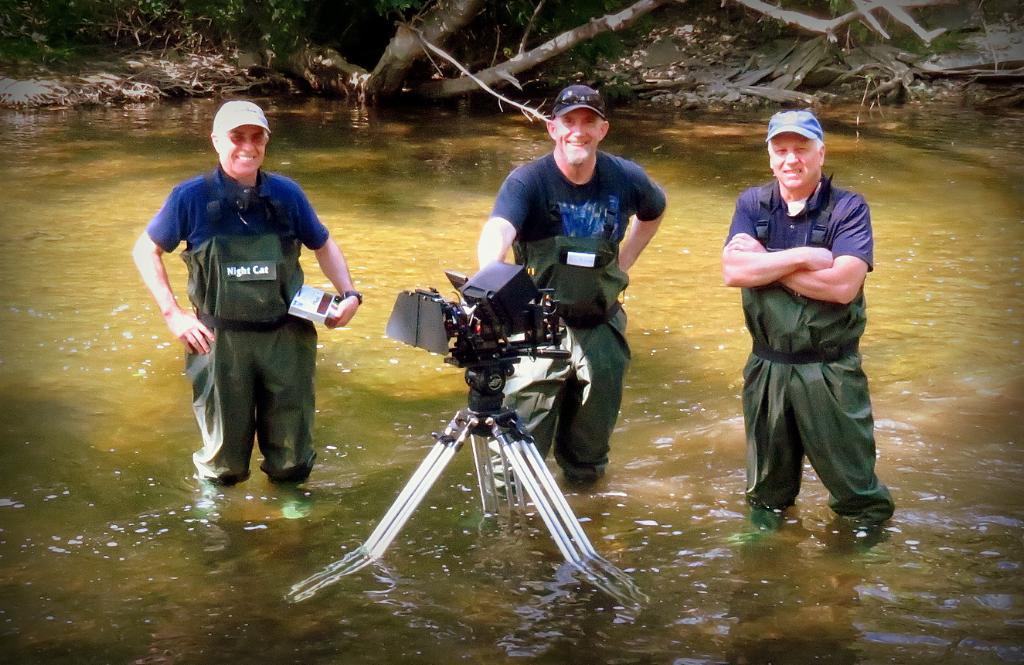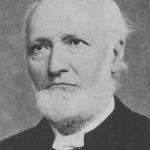
(Still photograph courtesy of gaffer Rhett Fernsten)
I share here some notes from Susan Easton Black and Larry C. Porter, Martin Harris: Uncompromising Witness of the Book of Mormon (Provo: BYU Studies, 2018), regarding the period when, his wife Caroline having finally left him in order to gather with the Saints in the Great Basin (as she had been waiting to do for several years), Martin Harris was living a relatively isolated life in the old Latter-day Saint town of Kirtland, Ohio. The main body of the Church had departed from Kirtland decades before, abandoning (among other things) the temple that had taken so much effort to build:
A striking example of the profound effect Martin had on certain visitors to Kirtland when bearing testimony of the validity of the Book of Mormon is readily apparent in David H. Cannon’s 1861 experience. Elder Cannon, an LDS missionary returning from the British Isles, called to see Martin at the home of his son George B. Harris, where Martin was then residing. Harris took him to the temple and there, David affirmed, “he testified to me in all solemnity . . . that the angel did appear with the plates from which the Book of Mormon was translated, and testified that they contained a history of the ancient inhabitants of this continent, and that they had been translated by the gift and power of God. There was a feeling [that] accompanied his testimony, when he bore it, that I have never experienced either before or since in any man that I ever heard bear testimony.” (403-404)
“When Martin Harris exercised his calling as a witness,” Professors Black and Porter comment, “the Spirit attended him and consistently gave confirmation to the hearer.” (404)
Near the same time (1867), Pomeroy Tucker, a journalist in Palmyra, New York, wrote an exposé on Mormonism in which he depicted Martin as he remembered him in the early days of the Restoration, a “prosperous, independent farmer, strictly upright in his business dealings, and, although evidencing good qualifications in the affairs of his industrial calling, yet he was the slave of the peculiar religious fanaticism controlling his mental organization.” (406-407) [The book is Pomeroy Tucker, Origin, Rise, and Progress of Mormonism (New York: D. Appleton and Company, 1867), 50.]












